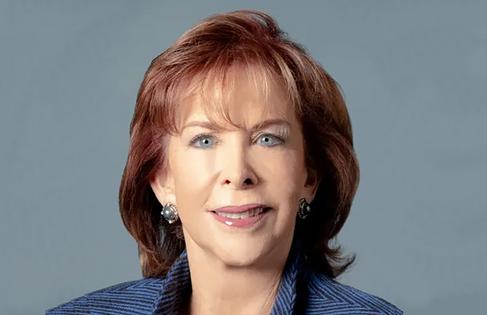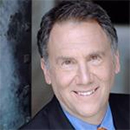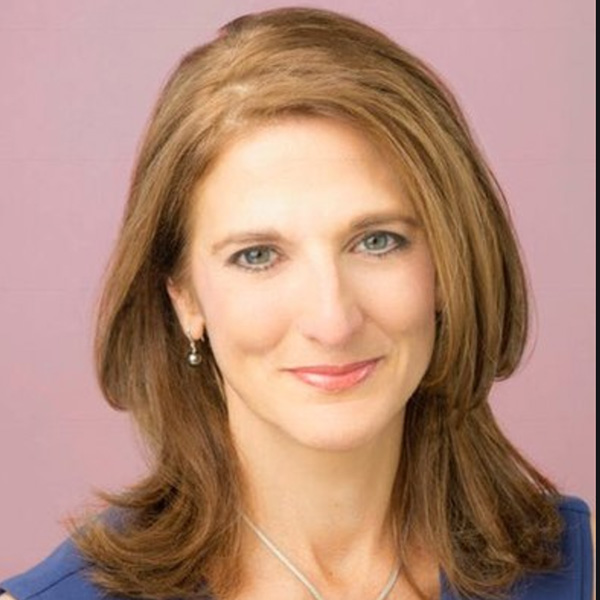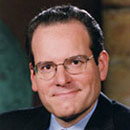Terry Savage: Are you financially literate?
Since you’re reading this column, I’m making the assumption that you’re concerned about your finances and attuned to the economic news. But this is financial literacy month, and there’s a quick way to test your knowledge of the basics.
The short seven-question “test” below was created by the FINRA Investor Education Foundation. More than 25,000 American adults have taken the test already, across all 50 states and Washington, DC.
Want to see how well you’d do? Answers are at the bottom, but no, don’t look till you’ve finished!
1. Suppose you have $100 in a savings account earning 2% interest a year. After five years, how much would you have?
More than $102
Exactly $102
Less than $102
2. Imagine that the interest rate on your savings account is 1% a year and inflation is 2% a year. After one year, would the money in the account buy more than it does today, exactly the same or less than today?
More
Same
Less
3. If interest rates rise, what will typically happen to bond prices? Rise, fall, stay the same, or is there no relationship?
Rise
Fall
Stay the same
No relationship
4. True or false: A 15-year mortgage typically requires higher monthly payments than a 30-year mortgage but the total interest over the life of the loan will be less.
True
False
5. True or false: Buying a single company's stock usually provides a safer return than a stock mutual fund.
True
False
6. Suppose you owe $1,000 on a loan and the interest rate you are charged is 20% per year compounded annually. If you didn't pay anything off, at this interest rate, how many years would it take for the amount you owe to double?
Less than 2 years
2 to 4 years
5 to 9 years
10 or more years
7. Which of the following indicates the highest probability of getting a particular disease?
There is a 1-in-20 chance of getting the disease.
Two percent of the population will get the disease.
Twenty-five out of every 1,000 people will get the disease.
You might be interested to know that the national average number of correct answers is 3.3 — slightly less than the 50 percent level. Part of the reason is that we don’t do a good job of teaching practical finance in school. That’s something you might want to check out at your local high school to encourage financial literacy as a course.
OK, here are the correct answers:
1. You'll have more than $102 at the end of five years because your interest will compound over time. In other words, you earn interest on the money you saved and on the interest your savings earned in prior years.
2. Less. The reason you have less is inflation. If the annual inflation rate is 2% but the savings account only earns 1%, the cost of goods and services has outpaced the buying power of the money in the savings account that year.
3. Fall. When interest rates rise, bond prices fall. And when interest rates fall, bond prices rise. This is because as interest rates go up, newer bonds come to market paying higher interest yields than older bonds already in the hands of investors, making the older bonds worth less if you sell them before maturity.
4. True. Assuming the same interest rate for both loans, you will pay less interest over the life of a 15-year loan than you would with a 30-year loan because you repay the principal at a faster rate. This also explains why the monthly payment for a 15-year loan is higher.
5. False. In general, investing in a stock mutual fund is less risky than investing in a single stock because mutual funds offer a way to diversify.
6. 2-4 years. The rule of 72 is a method for estimating an investment's doubling time. Divide the 20% rate into 72 to obtain the approximate number of years required for doubling.
7. There is a 1-in-20 chance of getting the disease. Convert all numbers into percentages. A 1-in-20 chance is the same as 1/20 or .05 (5%). Similarly, a probability of 25 out of every 1,000 is the same as 25/1000 or 0.025 (2.5%).
You’re excused if you can’t remember how to convert into percentages! Algebra was a long time ago!
But the concepts are the important thing. So, consider sharing this quiz with your teenage or even adult children. Even being a computer whiz or a tech expert doesn’t guarantee practical knowledge about money.
Those gaps in their knowledge can be expensive. And that’s The Savage Truth.
========
(Terry Savage is a registered investment adviser and the author of four best-selling books, including “The Savage Truth on Money.” Terry responds to questions on her blog at TerrySavage.com.)
©2025 Terry Savage. Distributed by Tribune Content Agency, LLC.












Comments